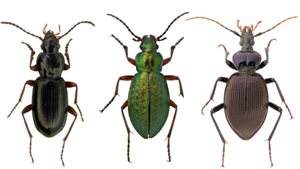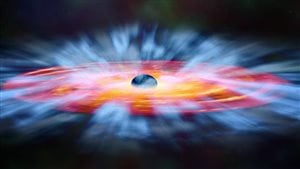It’s the Easter holiday long weekend, but the regular team is here with your hosts Lynn, Levon, and Marc
Listen
We’ve heard from scientific experts and from the Inuit who live there, that the Arctic is warming, and the climate continues to change.
Many studies have focussed mostly on larger animals like polar bears or caribou.
But another group of scientists, entomologists who study insects, is also interested in how climate change is affecting these much smaller creatures.
A group of them have recently conducted research into identifying what bugs are in the Arctic and how warming is affecting their movement into and around the far north. Levon spoke with McGill University scientist Chriss Buddle.
*

This week, March 21, was World Down Syndrome day.
As was the case in other countries, Canadian activists organized several activities across the country to mark the day.
Their purpose was to help dispel myths about people who have the genetic disorder.
They can now live long and productive lives, and have moods just like everyone else.
Lynn spoke with Kevin Whyte. He is a former chairman of the Canadian Down Syndrome Society. He also is the father of a 26-year-old son with Down Syndrome.
*

If you are interested in space, there was big news this week in the world of astrophysicists.
Led by a Canadian researcher, an international effort looking at a distant quasar detected the fastest “wind” ever known.
They detected ultraviolet winds of over 200 million kilometres an hour being pushed out of the supermassive black hole/quasar.
According to researchers this discovery is a further advance in understanding the evolution of galaxies.
Marc spoke with astrophysicist PhD candidate Jesse Rogerson of York University in Toronto. He was the lead author of the research paper on the discovery. In this edited version, he begins first by explaining what a quasar is.







For reasons beyond our control, and for an undetermined period of time, our comment section is now closed. However, our social networks remain open to your contributions.